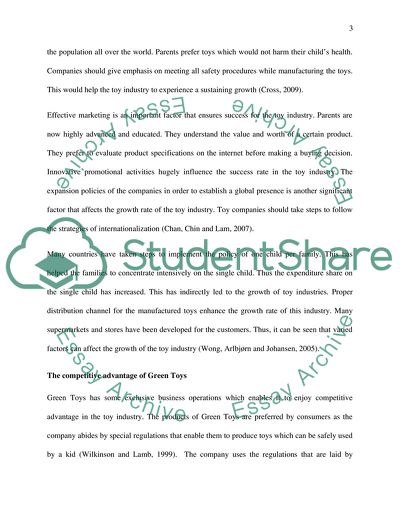Cite this document
(The World Toy Industry Case Study Example | Topics and Well Written Essays - 1500 words - 22, n.d.)
The World Toy Industry Case Study Example | Topics and Well Written Essays - 1500 words - 22. https://studentshare.org/marketing/1842188-case-study
The World Toy Industry Case Study Example | Topics and Well Written Essays - 1500 words - 22. https://studentshare.org/marketing/1842188-case-study
(The World Toy Industry Case Study Example | Topics and Well Written Essays - 1500 Words - 22)
The World Toy Industry Case Study Example | Topics and Well Written Essays - 1500 Words - 22. https://studentshare.org/marketing/1842188-case-study.
The World Toy Industry Case Study Example | Topics and Well Written Essays - 1500 Words - 22. https://studentshare.org/marketing/1842188-case-study.
“The World Toy Industry Case Study Example | Topics and Well Written Essays - 1500 Words - 22”. https://studentshare.org/marketing/1842188-case-study.


